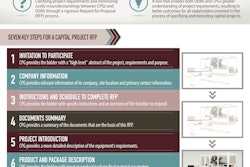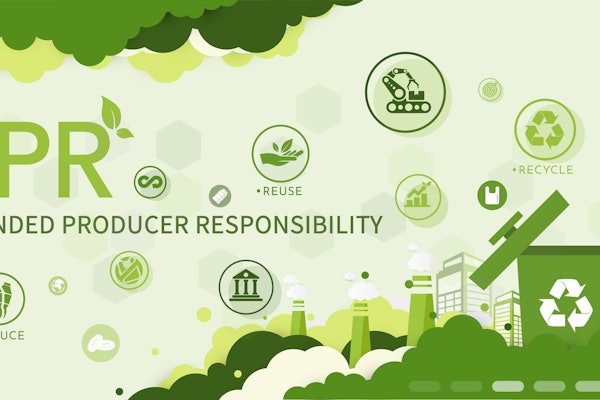
This content was written and submitted by the supplier. It has only been modified to comply with this publication’s space and style.
People who work in a traditional production environment, often accept noise pollution as a necessary occupational hazard. However, evolving moving coil technology is making strides in noise control/reduction. Pneumatics range from 100-120 dBA. SMAC's team averaged this to 110 dBA for the study. (As a point of reference, shouting directly into someone’s ear is rated at 110 dBA.) By comparison, SMAC Moving Coil Actuators came in at 40-60 dBA, depending on conditions, averaging at 50 dBA, literally less than half of the noise produced by pneumatics. This level of noise is comparable to a quiet library or office environment.
While there are methods to muffle pneumatic actuators, few will reduce noise generated to the 40-60 dBA range measured in SMAC Moving Coil Actuators.
The low noise generated by SMAC actuators is attributed to its airless operation. There is no compressed air generation required with SMAC. At the heart of all SMAC actuators is the moving coil, also described as a voice coil actuator. The essential principle is the same as a permanent magnet loudspeaker. The voice coil sits in a strong magnetic field, and by passing a current through the coil a force is generated in either direction.





















